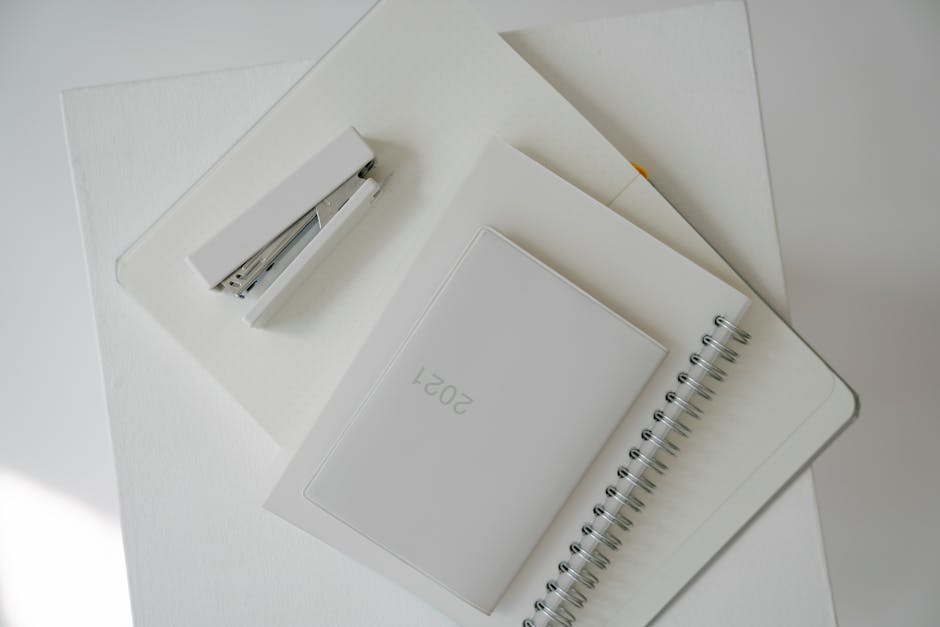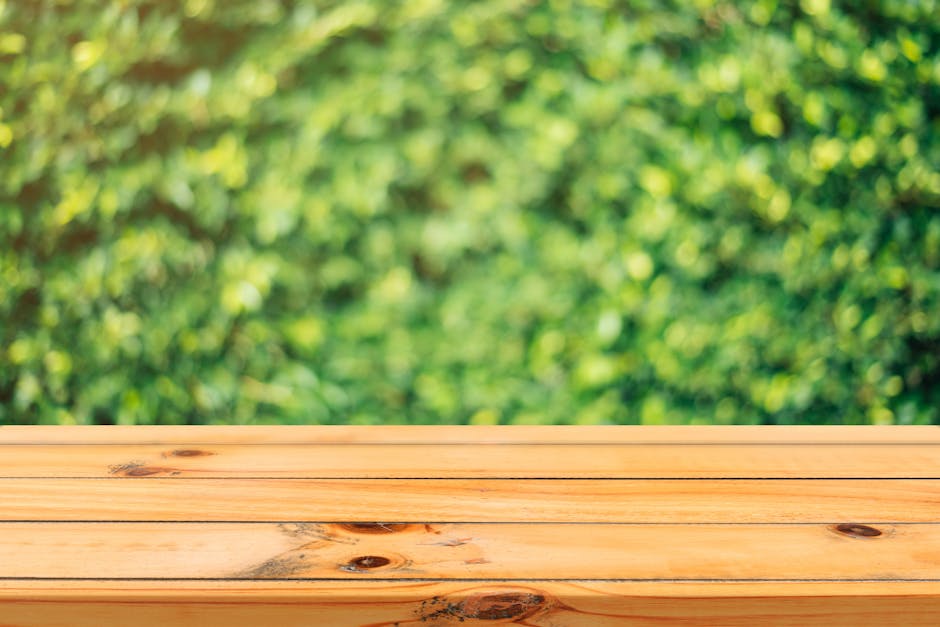Designing the Perfect Flex Space: 10 Tips for a Productive and Inspiring Office
“In this article, we explore 10 key strategies for designing the perfect flex space office. From optimizing layout and furniture to incorporating biophilic elements and technology, learn how to create a productive and inspiring workplace that empowers your team to thrive. ”

In today's dynamic work environment, flex spaces have emerged as a popular solution for companies seeking to optimize their office layout and foster a more collaborative, productive atmosphere. Designing the perfect flex space requires careful consideration of various factors, from furniture and technology to lighting and biophilic elements. Here are 10 essential tips to help you create a flex space that inspires your team and promotes a thriving workplace culture.

1. Prioritize Versatility and Adaptability
The key to a successful flex space is its ability to adapt to different work styles and activities. Invest in modular furniture that can be easily reconfigured to accommodate various group sizes and tasks, from focused individual work to collaborative brainstorming sessions. Look for pieces that are lightweight, mobile, and multi-functional, such as adjustable desks, stackable chairs, and movable partitions.
2. Create Distinct Zones
While open floor plans are a hallmark of flex spaces, it's important to create distinct zones for different activities. Designate areas for quiet work, collaboration, socializing, and relaxation. Use visual cues like color, lighting, and furniture placement to delineate these zones and help employees navigate the space intuitively. office neighborhoods exploring their functionality and benefits for your company
3. Embrace Biophilic Design
Incorporating natural elements into your flex space can have a profound impact on employee well-being and productivity. Biophilic design principles involve bringing nature indoors through the use of plants, natural materials, and organic shapes. Consider adding living walls, potted plants, and natural wood or stone accents to your office decor. Maximize natural light with large windows and skylights, and opt for a color palette that evokes the serenity of nature.

4. Invest in Ergonomic Furniture
Employee comfort and health should be a top priority when designing your flex space. Invest in ergonomic furniture that supports proper posture and reduces the risk of strain and injury. Look for adjustable chairs and desks that allow employees to customize their workstations to their individual needs. Provide a variety of seating options, from traditional task chairs to standing desks and lounge seating, to encourage movement and flexibility throughout the day.
5. Integrate Technology Seamlessly
Technology is a critical component of any modern flex space. Ensure that your office is equipped with reliable high-speed internet, ample power outlets, and charging stations for devices. Invest in wireless presentation tools and digital whiteboards to facilitate seamless collaboration and idea-sharing. Consider implementing a room booking system to help employees reserve workspaces and meeting rooms efficiently. digital meeting conference room signage 5 use case
6. Prioritize Acoustics
Open office layouts can be noisy and distracting, which can hinder productivity and focus. Pay close attention to acoustics when designing your flex space. Use sound-absorbing materials like acoustic panels, carpeting, and soft furnishings to minimize noise and echo. Consider installing white noise machines or sound masking systems to create a more pleasant auditory environment.

7. Create Spaces for Socializing and Relaxation
While productivity is important, it's equally crucial to provide spaces for employees to unwind, socialize, and recharge. Designate a comfortable lounge area with soft seating, plants, and calming lighting where team members can take breaks and connect with colleagues. Consider adding amenities like a coffee bar, game room, or meditation space to promote a positive work-life balance and foster a sense of community.
8. Encourage Movement and Activity
Sitting for prolonged periods can have negative effects on health and productivity. Design your flex space to encourage movement and physical activity throughout the day. Incorporate standing desks, treadmill workstations, or exercise balls as alternative seating options. Create walking paths or circuits around the office to promote circulation and encourage employees to take regular breaks from their desks. how to adjust your open office space for activity
9. Showcase Your Brand and Culture
Your flex space should reflect your company's unique identity and values. Use your office design as an opportunity to showcase your brand and create a sense of pride and belonging among employees. Incorporate your company colors, logo, and mission statement into the decor. Display artwork, photographs, or murals that tell your company's story and celebrate your team's achievements.

10. Gather Employee Feedback and Iterate
Designing the perfect flex space is an ongoing process that requires input and feedback from your team. Regularly survey employees about their experiences and preferences, and be open to making adjustments based on their insights. Encourage experimentation and iteration, and view your flex space as a living, evolving environment that adapts to your team's changing needs over time.
By following these 10 tips, you can create a flex space that not only optimizes your office layout but also fosters a culture of collaboration, creativity, and well-being. Remember, the ideal flex space is one that empowers your employees to do their best work while feeling supported, inspired, and connected to their colleagues and the company's mission. discover more space with smart nudges and new anal
